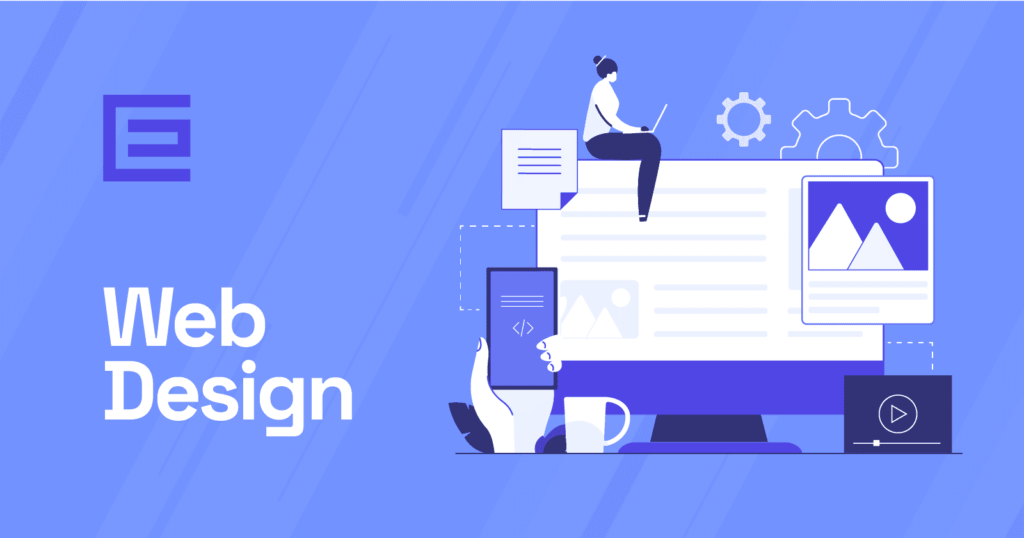Web Design is now UX Design, and UX Design is the digital transition from a static design to a dynamic design that responds to the needs and expectations of users in the future. Web design was, until the advent of the internet, mostly about appearance: designing websites that looked good, with the right colors, fonts, and structures. It was always about getting a user’s attention and making something beautiful. But as the web matured and websites evolved into more interactive, designers came to see that looks were not enough. We had to think too about the actual usage of these sites, so there were more considerations about usability, navigation and functionality.
This change was only further stimulated by smartphones and mobile internet connections, which spread so fast. Now designers had to suddenly learn how to create websites that scaled to various sizes and types of inputs. This demand led to the discipline of responsive design which needed a deeper understanding of how users were behaving in various situations. There was no longer just a matter of designing something to appear nice on a desktop screen, it had to be user-friendly and customizable that was smooth and seamless on any device. This focus on adaptability and usability also formed the foundation of User Experience Design.
Another important influencer of this change was the advent of more dynamic and advanced web technologies. Websites became more than just static pages – they were now dynamic spaces with the capacity for rich interactions, from social feeds to advanced online apps. As digital products became more complex, they must be comprehensible and easy to use by the user. This complexity required a user-centric strategy based on understanding user requirements, motivations and pain points. It became important to have data analytics and a sense of user behavior so designers could take actions on evidence instead of assumptions. This data-driven mindset grew into UX Design, which relied on research, prototyping, and iterative testing to develop better and more fun experiences.
And also as digital space became more competitive, businesses found that great user experience was not only nice to have, but essential differentiation. Things were bigger and users were more demanding; they wanted a site that loads fast, was easy to navigate and smooth. Meeting these expectations involved a whole new kind of design thinking, a web design that took into account not only the visual appearance but the functionality and experience of a website. That awareness is what gave rise to UX Design as a broad discipline, which includes visual design, user research, interaction design, and information architecture. UX Design is in its essence human oriented and draws upon psychology, cognitive science and behavioural research to design digital experiences that make people feel right at home and continue to come back.
Web Design Changing to UX Design is just part of the larger cultural trend of making technology with people in mind. It’s design without intent and design without meaning. This change is a reflection of how technologies evolve and how we strive to adapt digital goods to the people who use them.
